Have you seen that commercial where the man is stoically and rather cheerfully walking around with a enormous bear trap on his foot? It will be alright, he says. No big deal. He can handle it… Well, I can relate. Stoicism has its merits, including self-discipline and perseverance, but it can also become ridiculous. There seems to be a fine line between stoicism and self-inflicted suffering, and I have walked that line. I have also voluntarily veered into the suffering field and set up camp there. In fact, I was pretty comfortable in my suffering. But not anymore. I see the bear trap I’ve been dragging along on my foot—it’s heavy, and it hurts, and there’s no reason for it anymore.
So I have made a decision to subtract some things from my life, starting with that bear trap. I am taking away a few things I dearly love and fervently believe in, but I have realized that I can get so wrapped up in them that I neglect other things I should be paying attention to. My decision-making took long swaths of time and lots of angsty jumping back and forth across the line—should I or shouldn’t I? The process became as long suffering as my stoic self. But I finally feel like I’ve shaken some things off, and I’ve got to say, it feels….strange and rather exhilarating (in a stoic kind of way.)
Saturday was a day right on the line of freezing, give or take a degree or two. The air was heavy with humidity—at times it sputtered as snow, other times a misty sprinkle. Would we add snow or subtract it with rain? We hiked at the Little Elk area—it was a pretty spot where the Little Elk River opened up and flowed into the Mississippi River. But now both Rivers were iced over—the shallow parts had strong–enough ice for sleds and tent houses used for ice fishing. Each cold day and night adds ice. Each day above freezing deteriorates it.
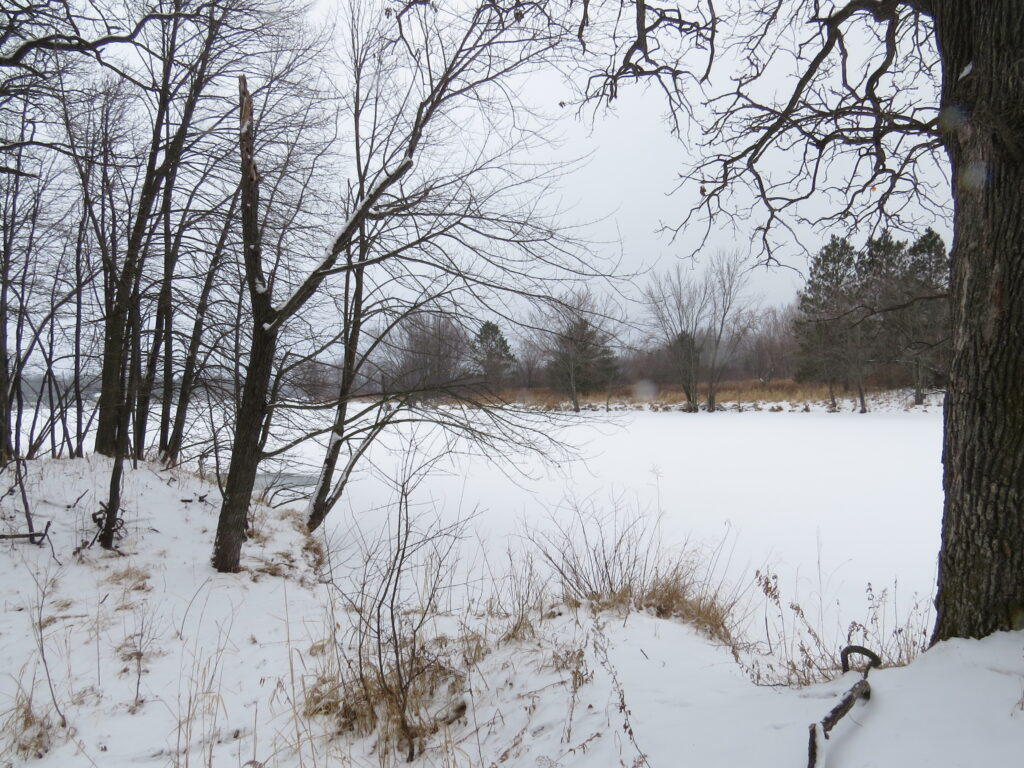
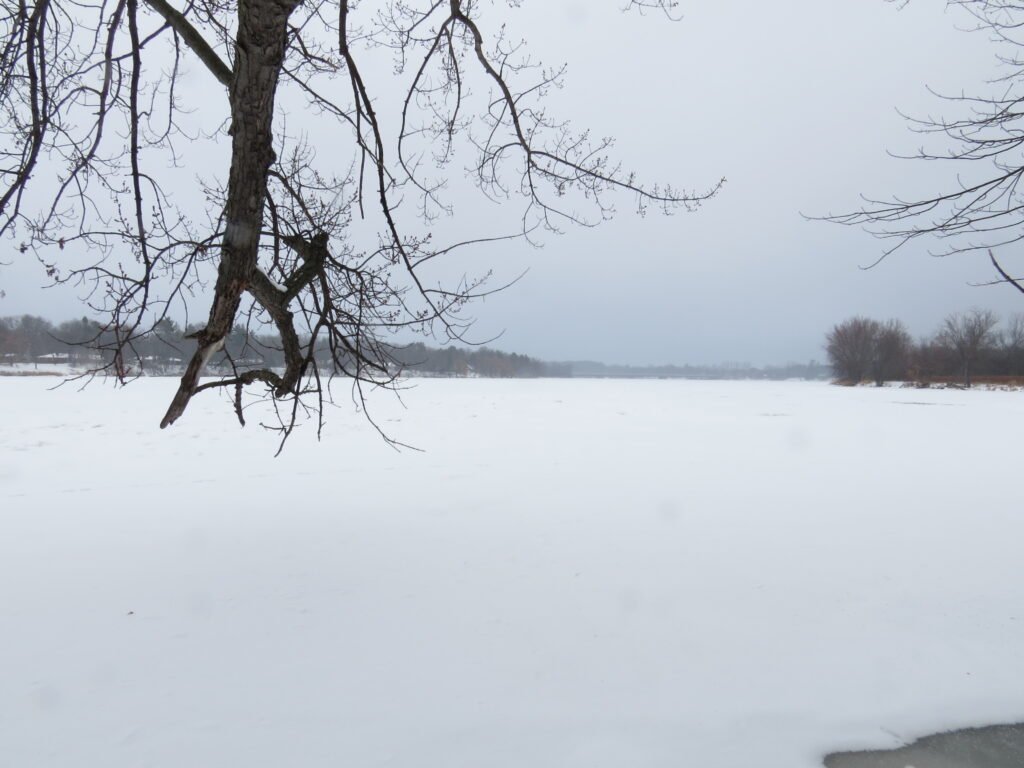
Large White Pines and Oaks lined the River trail, along with little patches of prairie grasses in open areas.
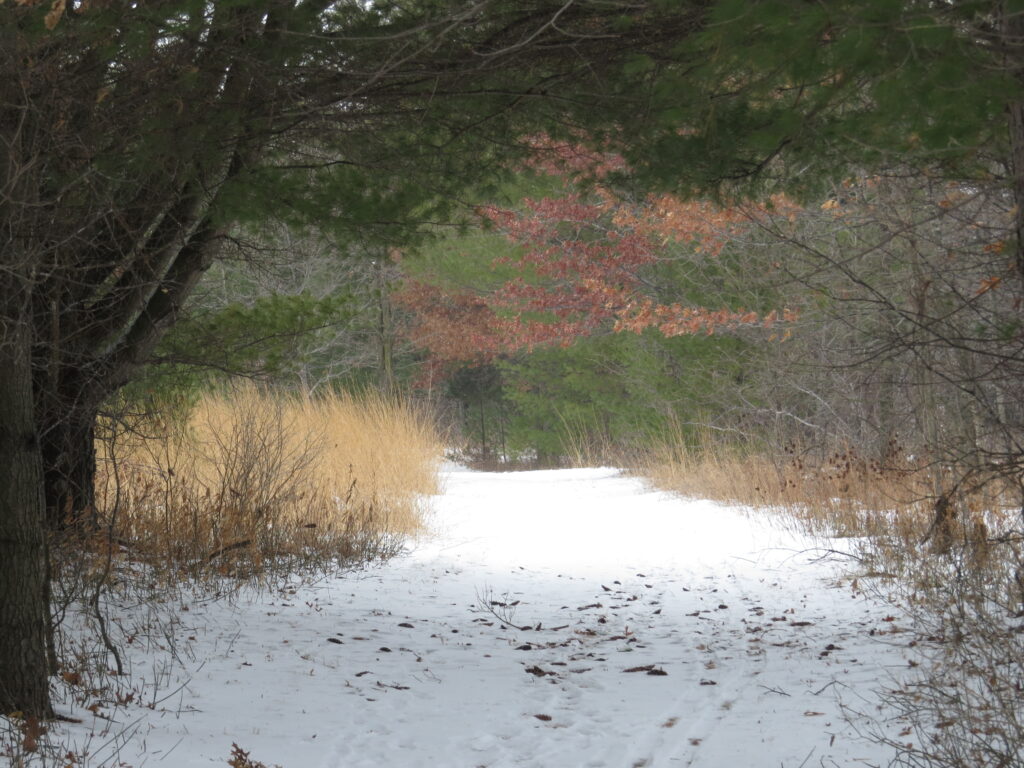
For a pretty picture: just add mushrooms and a cap of snow!
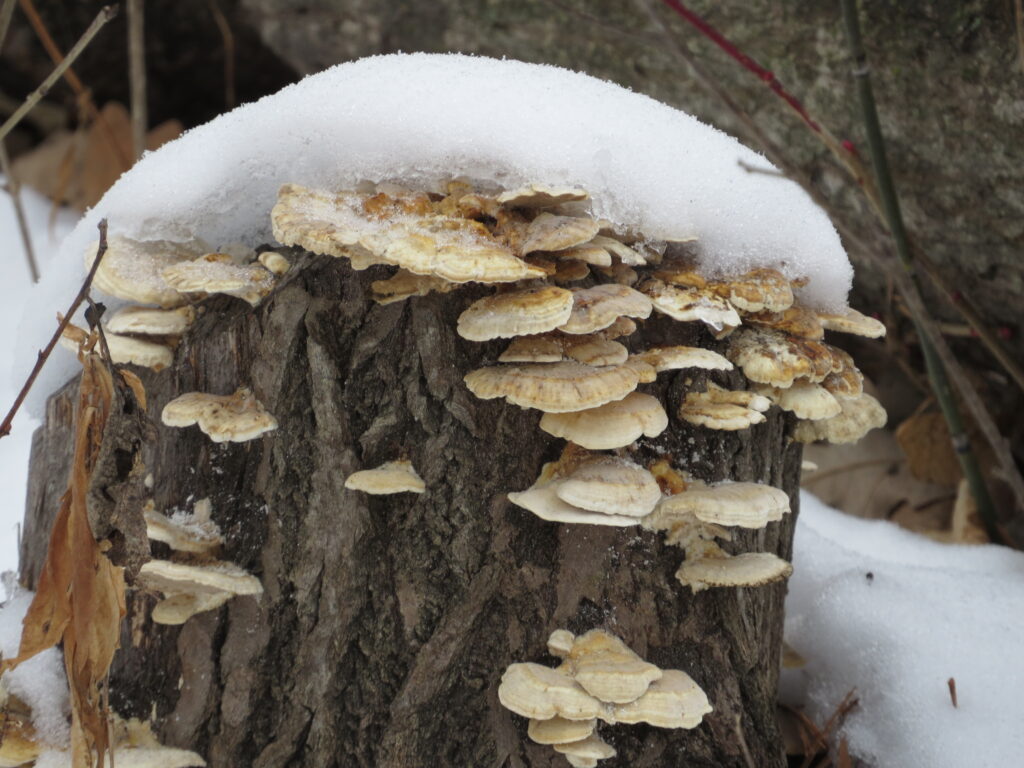
We soon saw evidence that a beaver had been busy subtracting the number of standing trees along the River, and I wondered if the slushy footprints belonged to him.
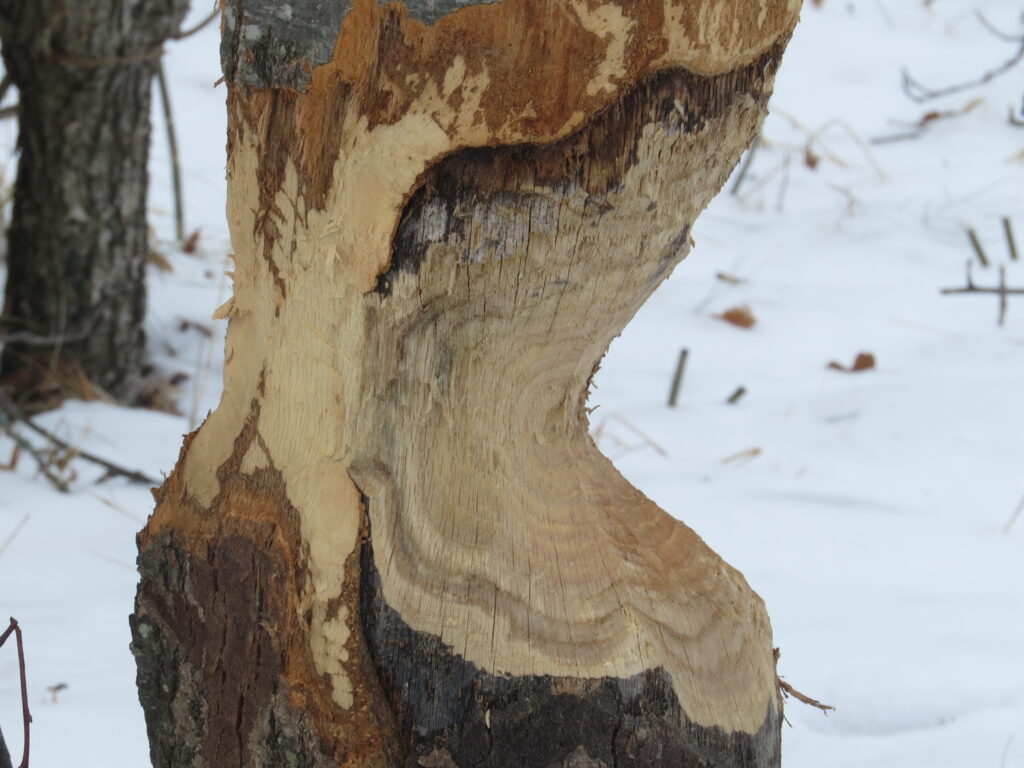
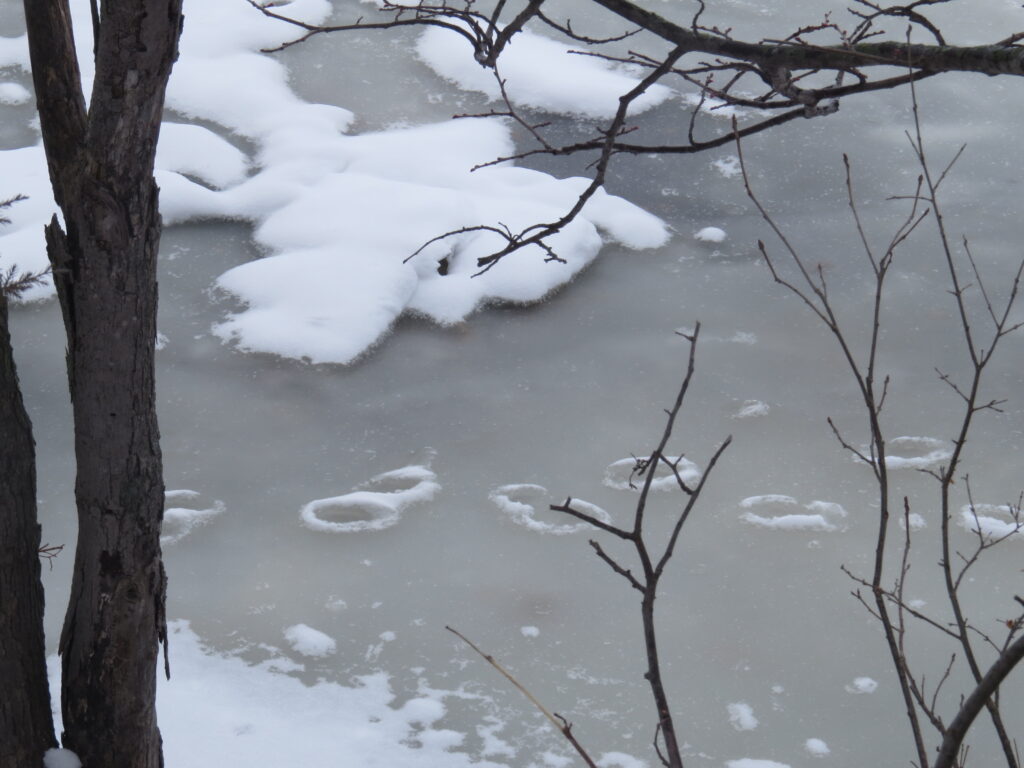
I think beavers must be stoics considering their impossibly hard job of gnawing trees down in order to build their homes and make their dams. Try, try again and again and again. Perseverance and self-discipline.
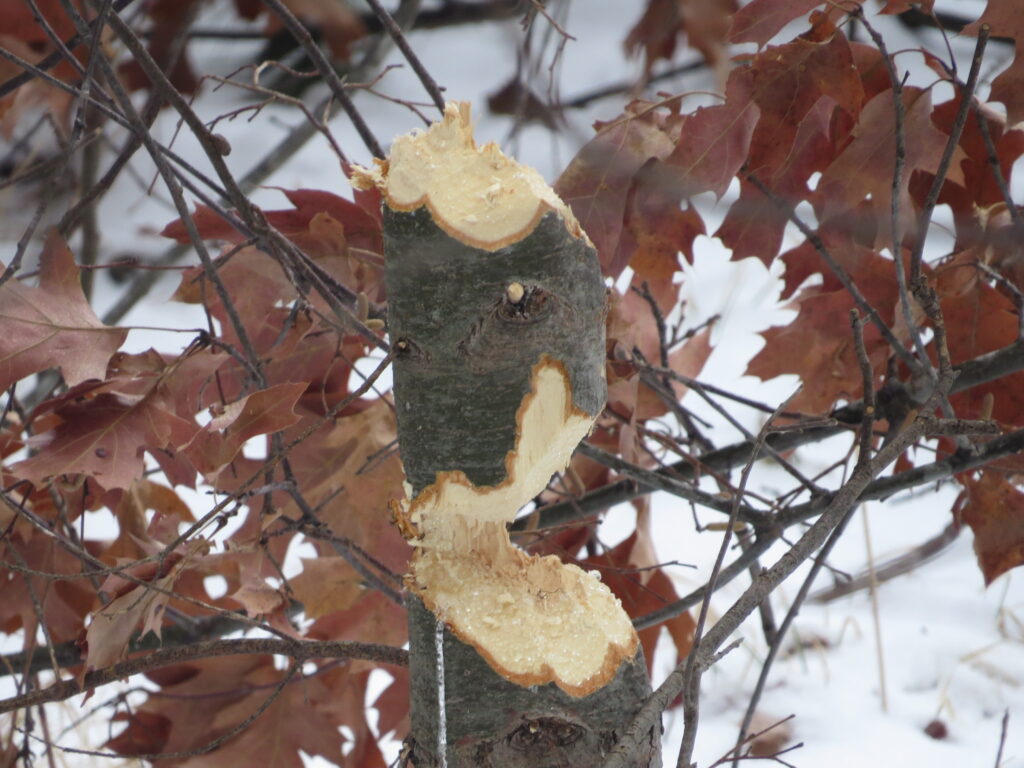
As we followed the River, I began to wonder how many beavers were actually working in the area, especially when we got to this (de)construction site. Many of the trees were young Oaks—very hard wood to chew through, but what a sturdy structure they will make!
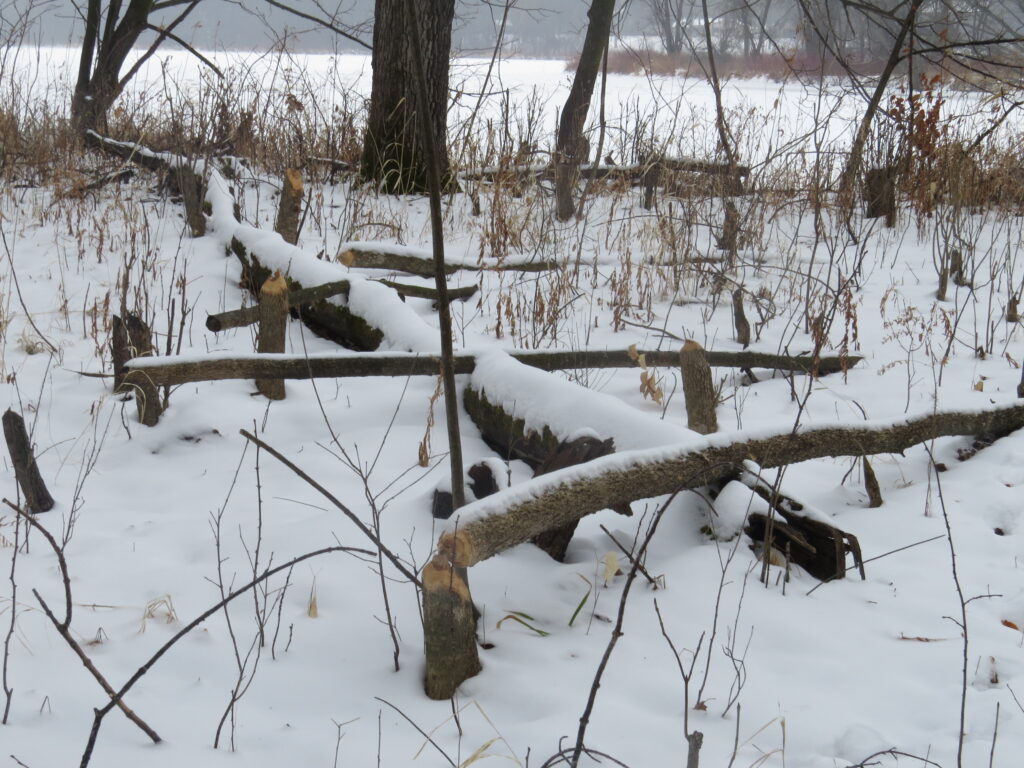
As in any forest, time, weather, insects, and diseases can subtract the number of large trees that make up the forest. Their loss is impactful. Their death and downing makes a cracking, crashing wail of letting go of what was a beautiful, productive life.
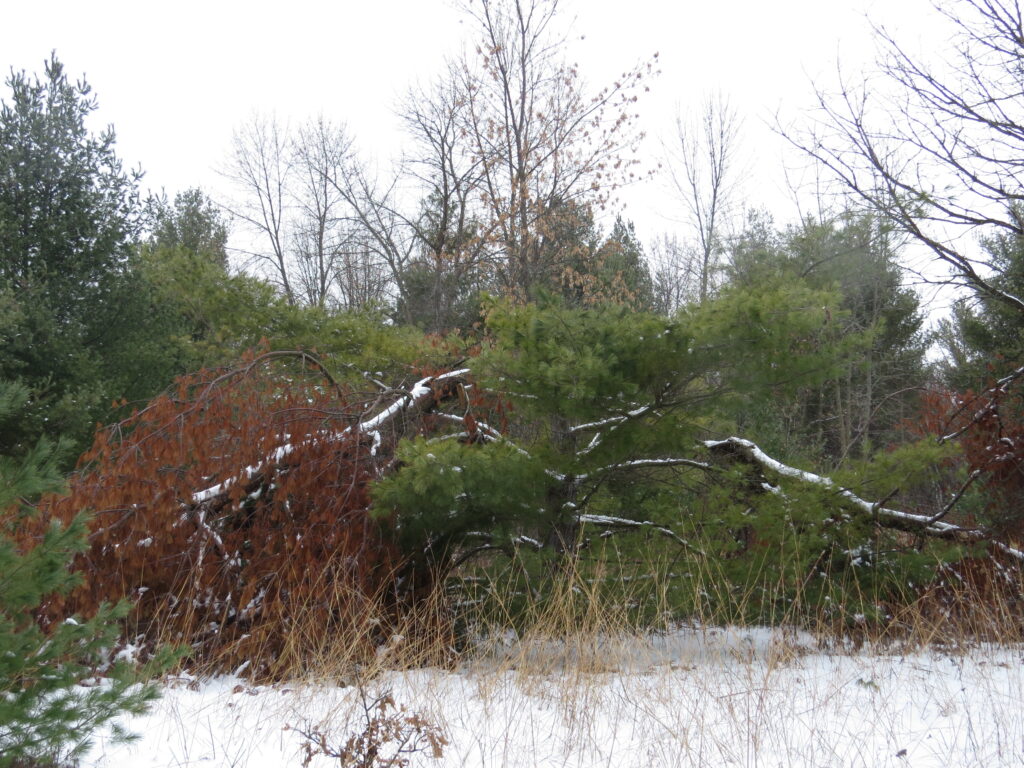
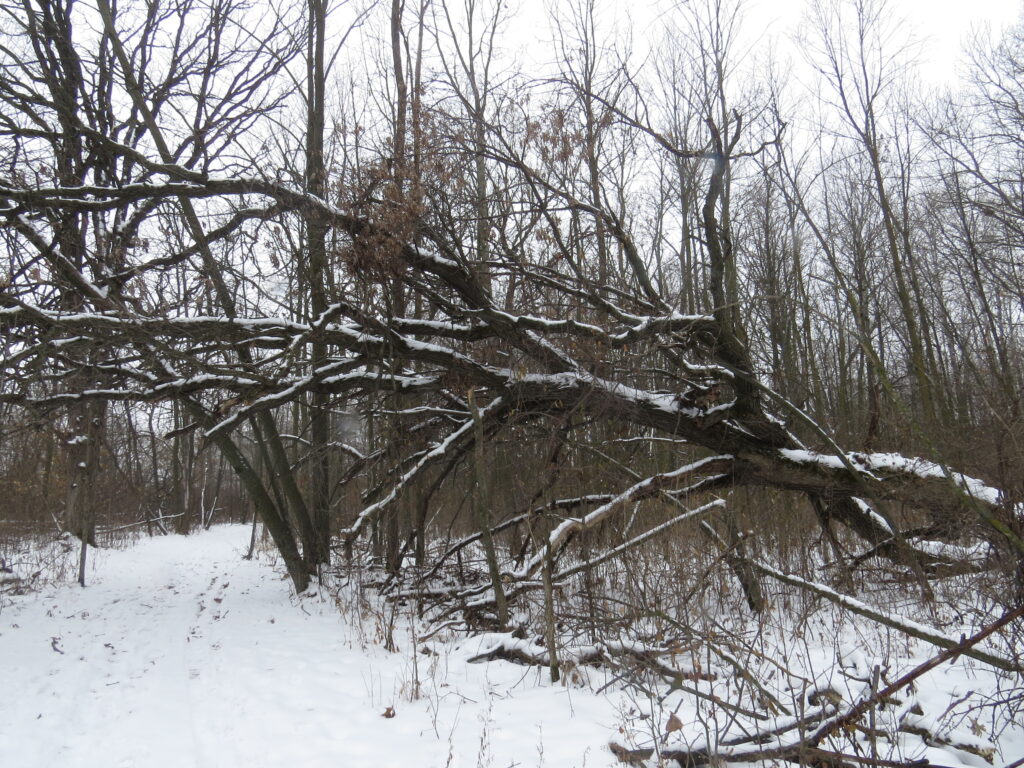
And yet, as those old beauties die, the young ones are sprouting up to take their place. Subtraction and addition.
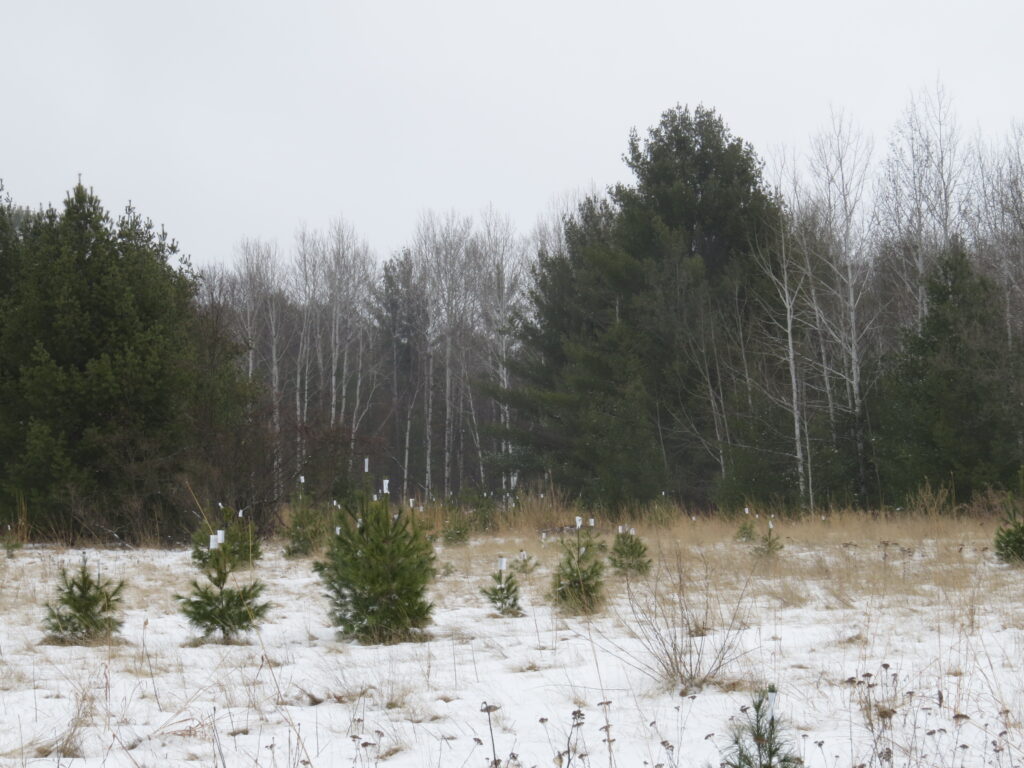
At a point by a curve in the River was a fenced-in area that had been excavated by an archeologist in the 1980’s and 90’s. He found three dwellings of a French fort from the mid 1700’s. The area is listed with the National Register of Historic Places as the oldest European outpost in the Mississippi River headwaters region.
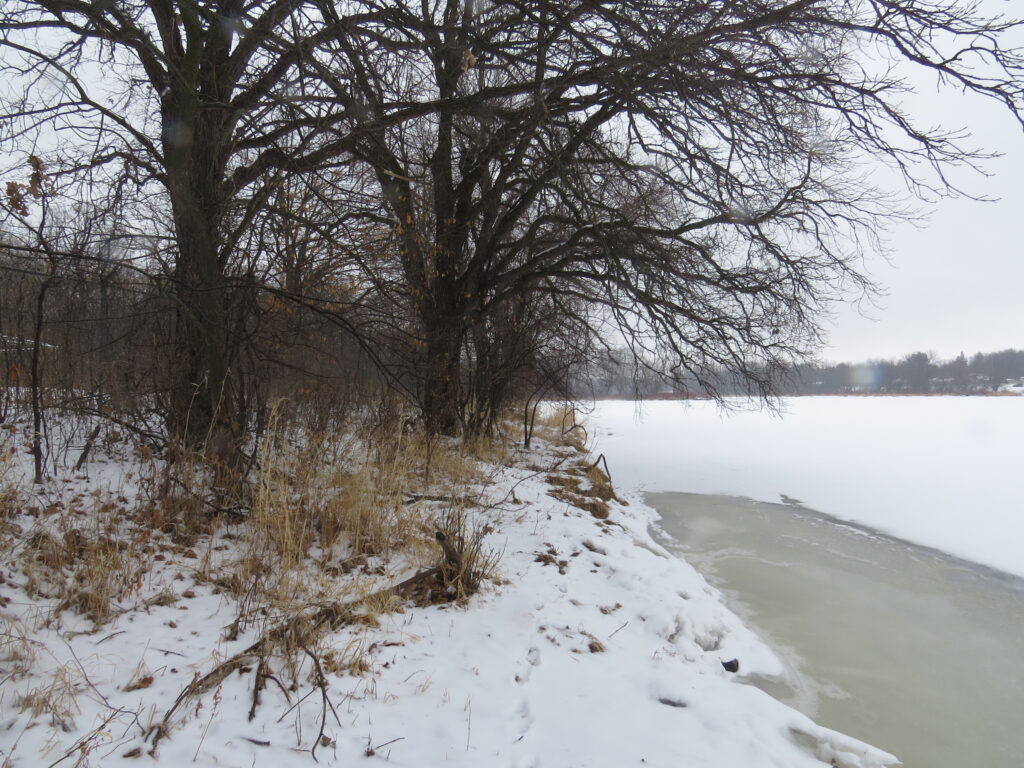
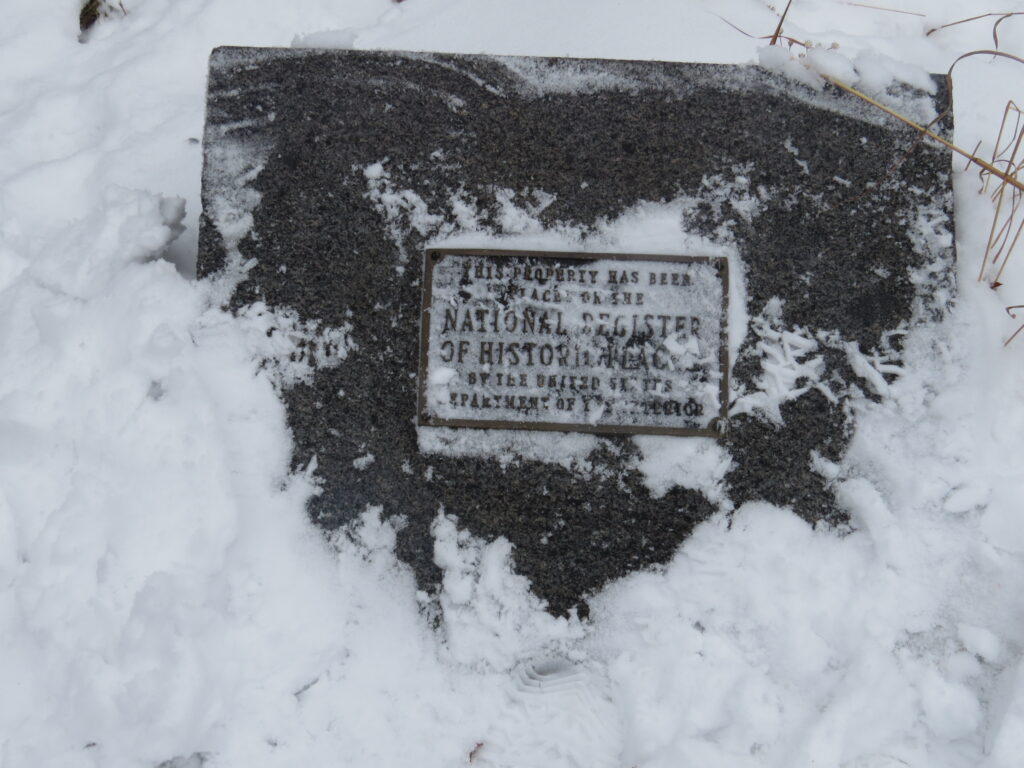
Logs were floated down this section of the River back in the logging days of late 1800’s/early 1900’s to local saw mills. Log jams were common and would take weeks or even months to clear. Interestingly, some of the logs sunk, caused a jam that didn’t get cleared, and created an island over the years! Addition of islands!
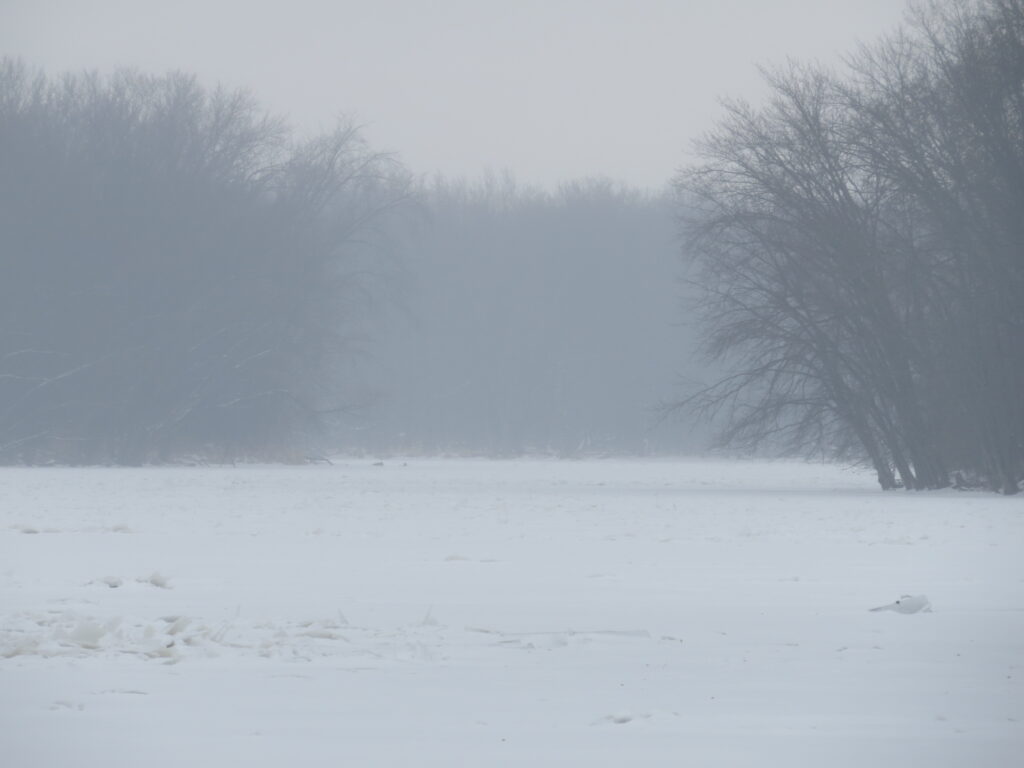
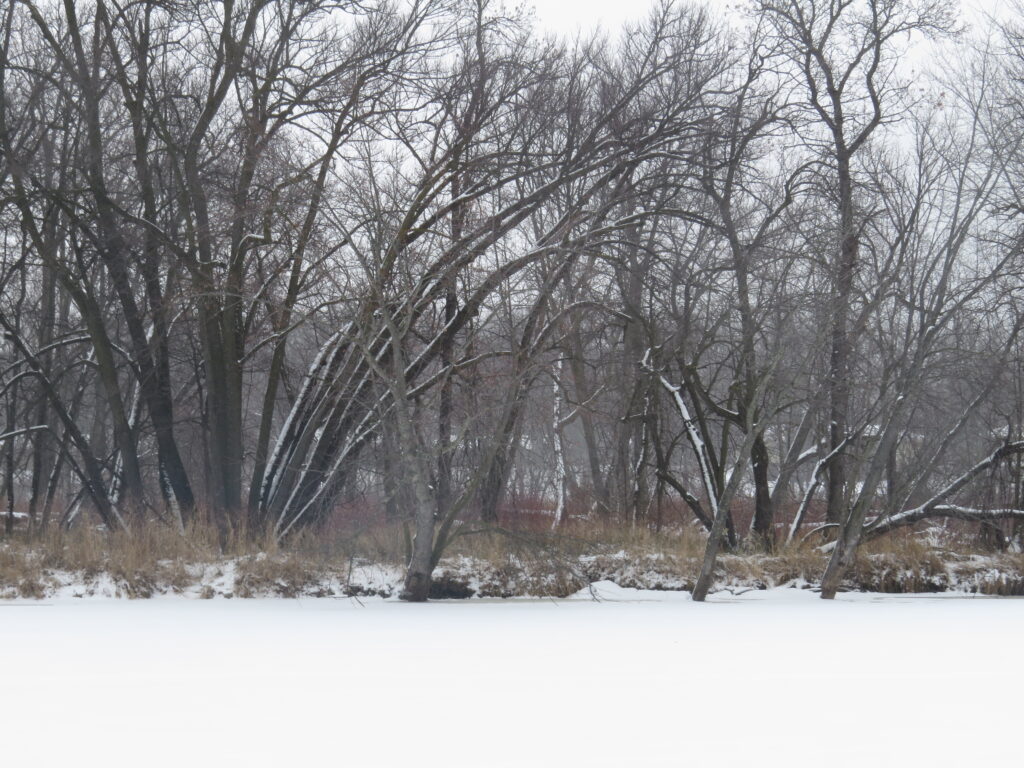
We left the River trail and circled into the Pine forest that followed a ridge. Red Pines joined the old White Pines, both towering above our heads. It was such a good feeling to be walking among them!
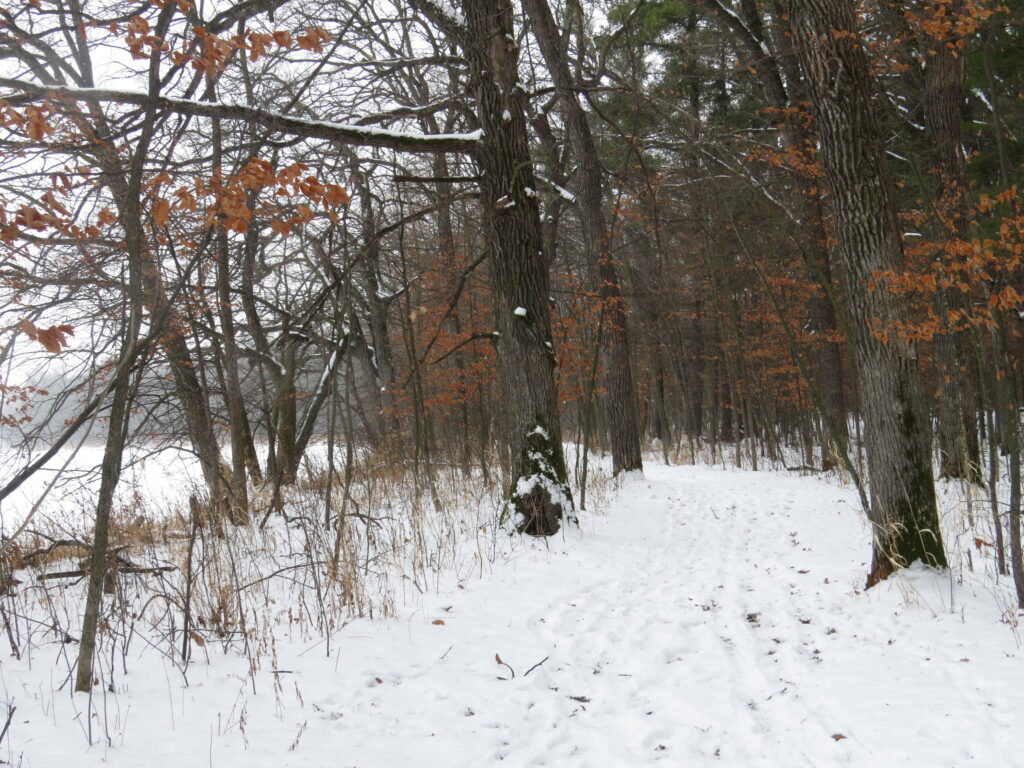
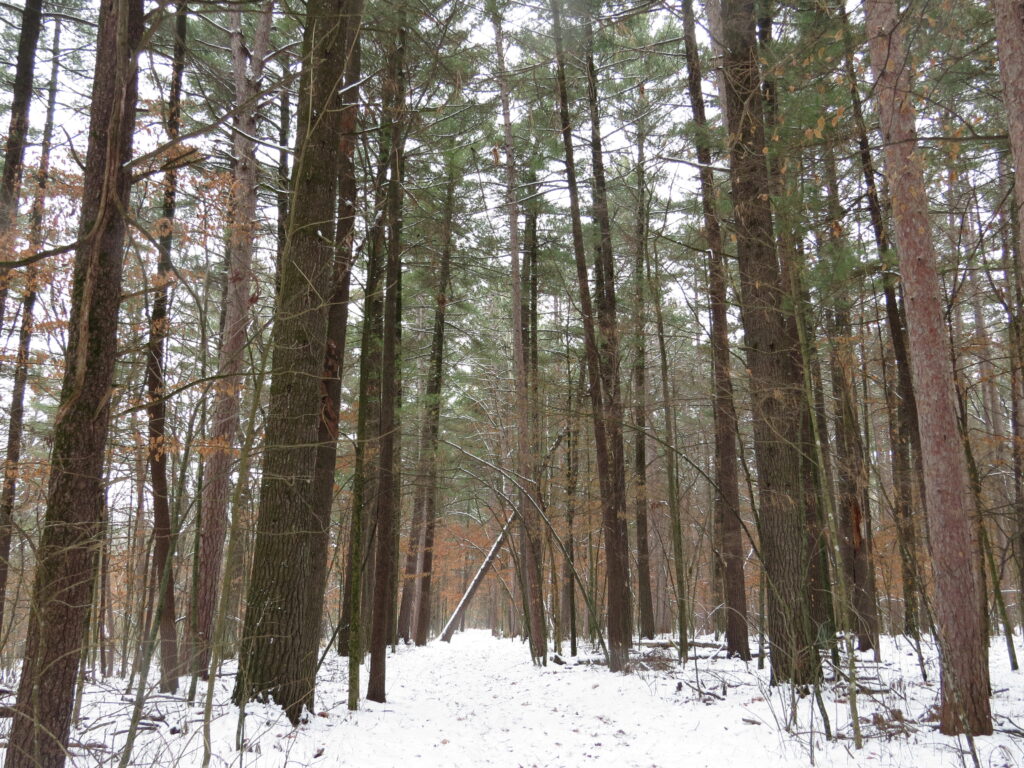
Nature is all about addition and subtraction. Birth and death. New things and old, failing things. Mother Nature also shows us how old things can be transformed into new things—downed trees into a new island! Humans seem to resist these natural transitions and transformations. At least I do. But when one is closer to the cracking, crashing wail of the end of life than to the sprouting vigor of a newborn, it is easier to let go of the things that feel like subtractions to our lives. Why carry around the heavy things just because we can? I know that I am strong enough, persistent enough, and disciplined enough—all good qualities of stoicism. But I also want to add loving enough (to myself), empowered enough, and peaceful enough. Subtraction and addition—it’s simple math.